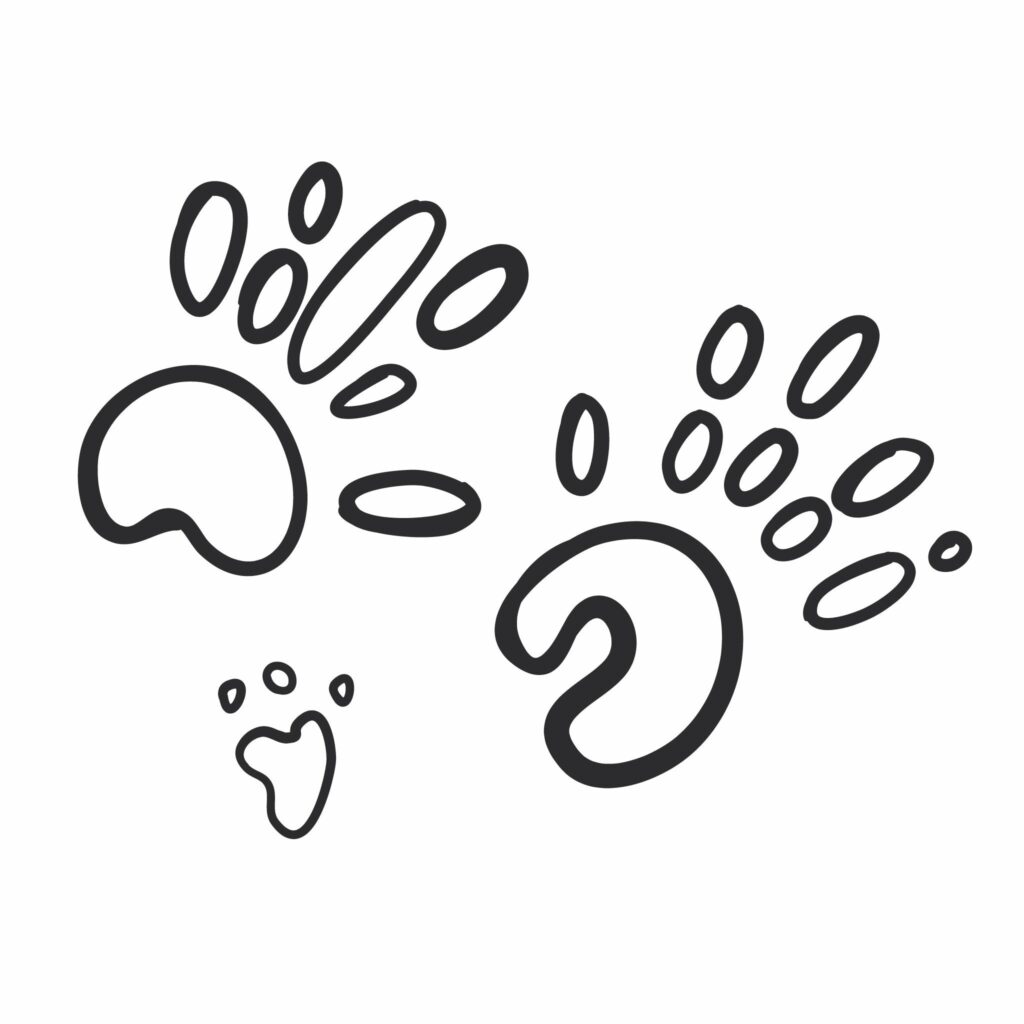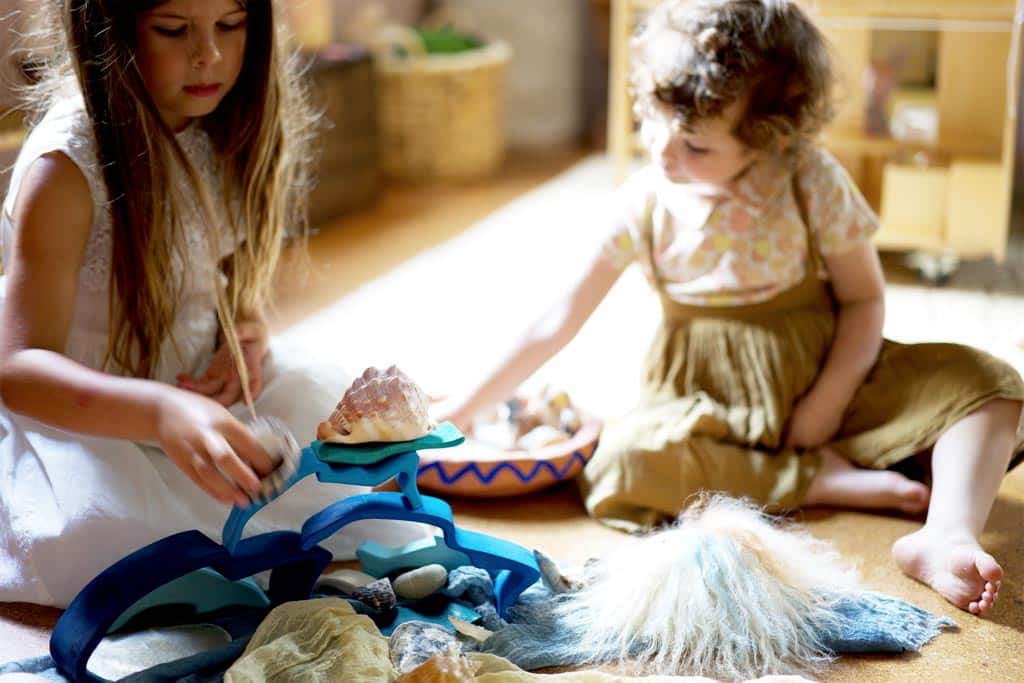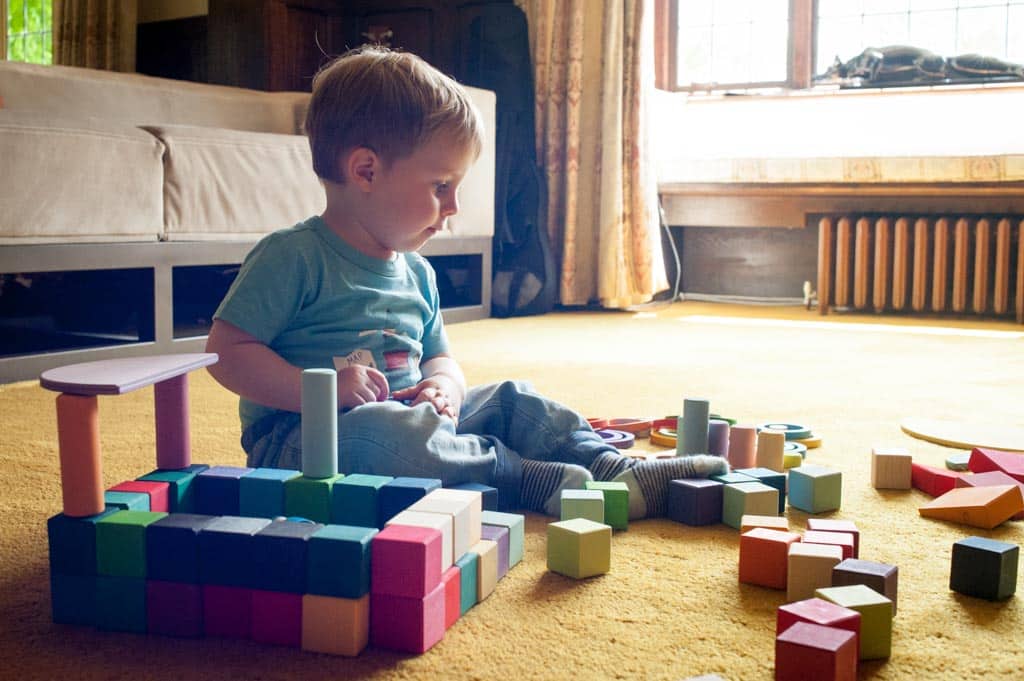Do you ever find yourself scouring the internet, searching for ways to fill an afternoon? Did any of it work?
Google ‘activities for toddlers’ and here’s what you’ll get:
- mix flour and water
- make sensory jelly
- add water to paper to squish
- play with bubbles
- make soapy jars
You spend hours finding the resources, buying just the right-sized tray from IKEA, making it look beautiful and then presenting it to your toddler. Cue squeals of delight, two minutes of frenzied activity and then silence as your child wanders off in search of something new. You’re left with a big mess to clear up.
It’s all nonsense. It’s just 50 versions of the same thing, invented by people with blogs who need to say something new every week to grab your attention.
I want to be clear. There’s nothing wrong with soapy jars or sensory jelly. It’s just that it wasn’t your child’s idea. And that means they might not be that interested in it. Far better to offer an interesting environment and let them explore. There will come a time when your child wants to shake a bottle and watch the bubbles inside, and it’s probably when you’ve sent them to the sink to wash their hands ready for lunch. But you don’t have to create a specific activity. Likewise with jelly. What’s the point? Next time they have jelly for pudding or at a party they are going to prod it with their finger, give it a squeeze and try to pick it up. Why turn it into an activity?
Here’s the 100 Toys version: just open the back door.
Let your child go outside. If they’re interested in exploring squelchy materials, they’ll find some water (or ask you for it) and mix it into the nearest available patch of earth.
At 100 Toys, we have a Pinterest account but we never use it. I’d love to have lots of beautiful boards that made us look good and drove thousands of visitors to our site. I once hired someone to put a few boards up but the problem was that we had nothing to say. Our whole approach is anti-Pinterest. Making an activity look nice is the enemy. It gets in the way of play.
How can we know what our children are going to be interested in next? We can’t. So why presume that that lunar landscape sensory box we saw on Instagram is going to be the answer to those long summer afternoons?
No. 2 son is obsessed with the dynamic vertical schema, that is things going down and up. Marble runs, ramps for vehicles and running water (and jumping off things that are a bit higher than I’d like…). Now that the weather is better, he’s taken his obsession outside. What he created this week I could never have imagined nor planned for. He had a pocketful of marbles and decided to make a marble run. We have plenty of boards and lengths of guttering that he could have used, but instead he headed over the flowerbed and started to dig and shape and mould. By the time he’d finished he’d created a marble run going DOWN into the ground, using just channels of compacted earth which he smoothed out with the back of a spoon. He has returned to it day after day, playing until an hour after bedtime, refusing to come inside.
My role in all this? I left him alone. And he trusted that I would let him get on with things, keep rampaging babies at bay and not get cross when he got mud all over the patio or walked it into the house. That’s it. At one point he asked for help creating a bridge made from mud (!) to allow his runs to criss-cross (another engineering challenge that I could not have predicted) but for the rest of the time he simply wanted time and space to explore.
This summer, give you children the gift of boredom. Leave them alone to work things out for themselves. If you don’t have a garden, visit your local park or woods. Find a nice spot and just sit there. Bring a picnic. There’s a whole universe in a few feet of earth.




